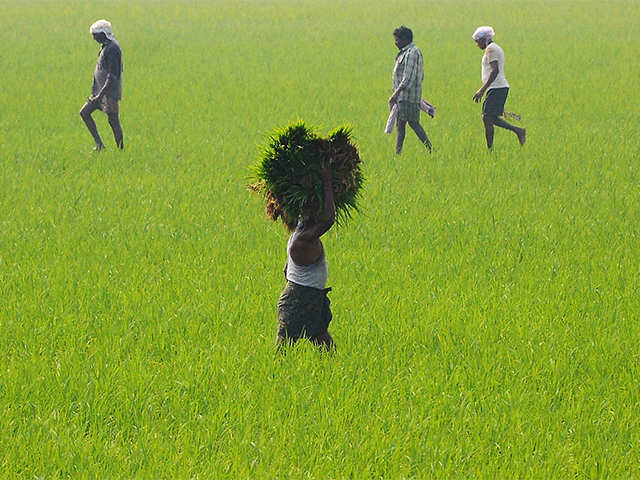INSUBCONTINENT EXCLUSIVE:
NEW DELHI: The National Commodity Derivatives Exchange has sought capital market regulator Securities and Exchange Board of India’s
approval for the relaunch of urad and tur contracts
Tur and urad futures were delisted from futures trading in January 2007 owing to price volatility and irregularities.
With pulses selling
below their minimum support price and the government holding huge stock, officials feel that getting farmers to do futures trading would
help them get an indication of the prices and they can hedge their positions.
“There have been talks for the relaunch of the urad and tur
We look forward to the launch of the contracts to extend national price discovery and risk management for all the key pulses and to
encourage participation of farmer producer organisations for improving farmer income,” said a spokesperson from Ncdex.
Sebi is fully
empowered to determine the timing of launch and relaunch of all commodities notified under the Securities Contracts (Regulation) Act, said
the spokesperson.
“Recent price fall below the minimum support price in all major pulses as a result of record production and supply glut
has necessitated the need of a marketbased instrument which can provide a platform to the farmers to hedge their price risk,” said the
official who added that while there is significant increase in MSP, procurement is not 100per cent of the production
Having a commodity on futures platform will enable farmers in taking an informed decision about the likely price scenario during harvesting
period, said the spokesperson
“Farmers can also regularly monitor the futures prices and use them as reference for selling in the physical market,” he said.
In the
last five years, a significant rise in production was seen in urad and tur leading to the fall in prices, said Sunil Baldeva of BJSN Agro
Implex, a pulses trading company from Delhi’s Naya Bazaar market
Currently, in the Delhi market, tur is being traded at Rupee3,800 a quintal and urad at Rupee3,700 — 34per cent less than the MSP for
2018-19, he said.
Urad and tur contribute around 13per cent and 17per cent, respectively, of the total production of pulses in India while
chana contributes around 46per cent, according to Ncdex.
“The government through PSUs should participate in the futures trading to keep
market prices stable,” said Baldeva.
India’s agriculture production is largely dependent upon monsoons, thus production can deviate
significantly from year to year resulting in high price volatility, said the Ncdex spokesperson.
“This situation poses a major challenge
to value chain participants, including farmers, to manage their business risk
International market sentiments also impact Indian price scenario,” he added.

